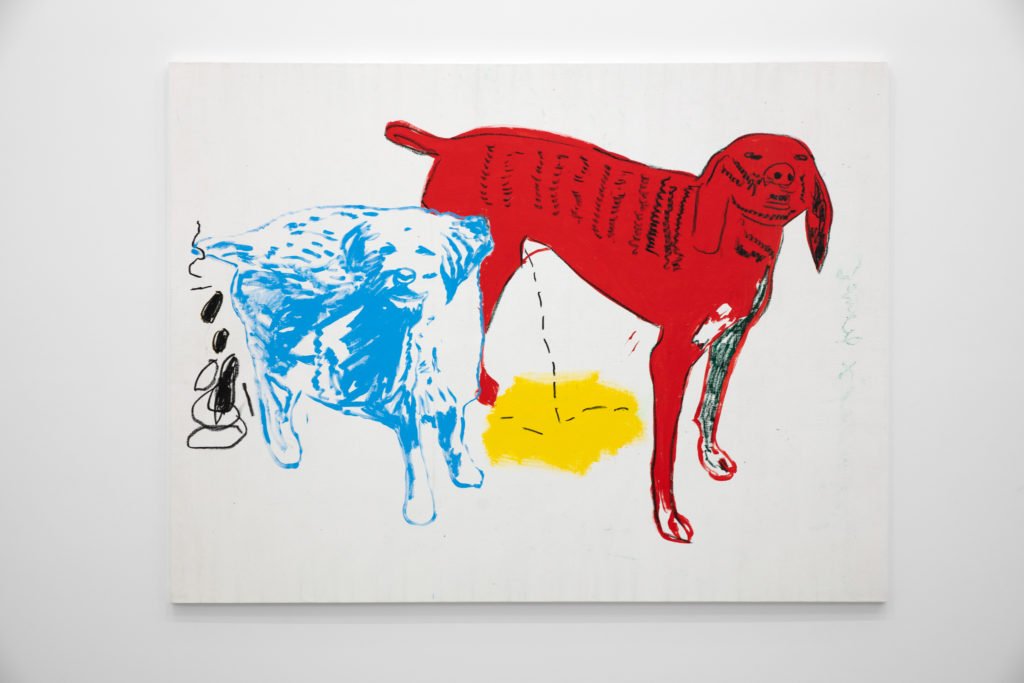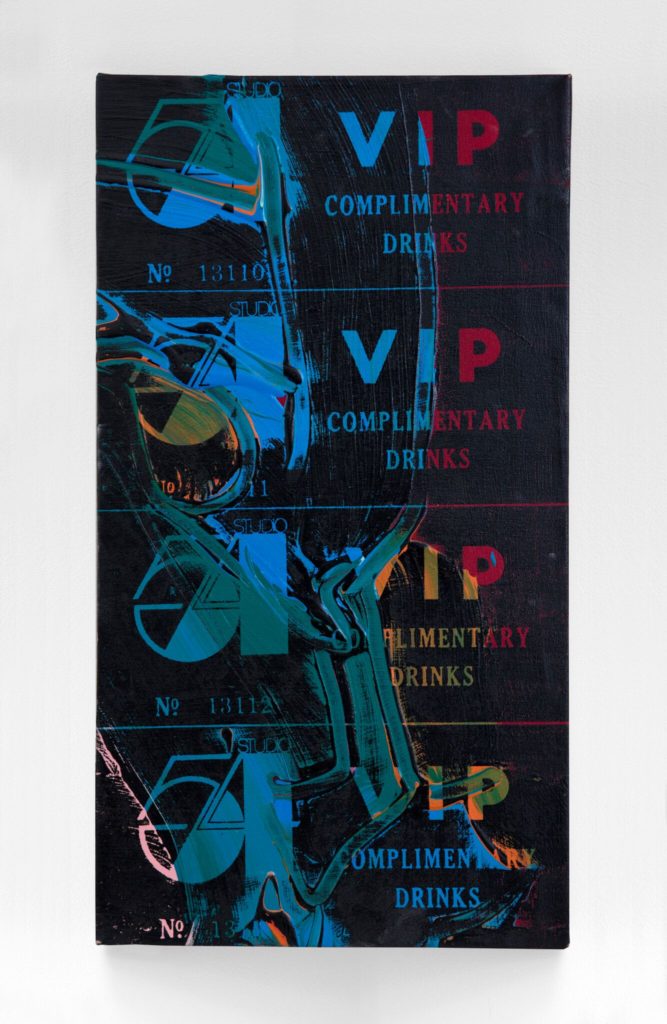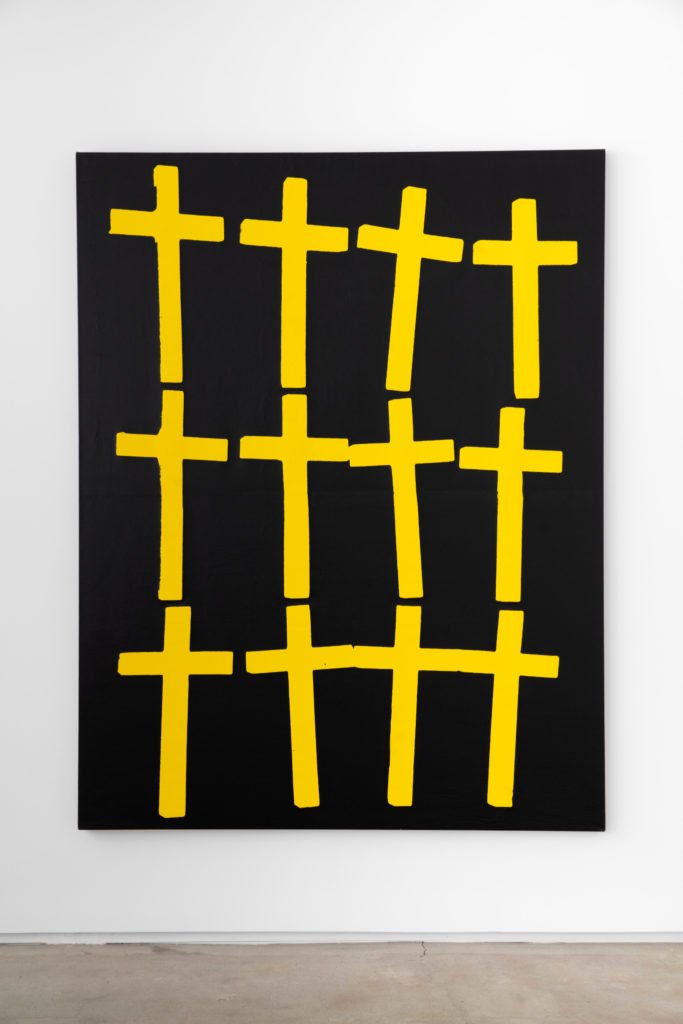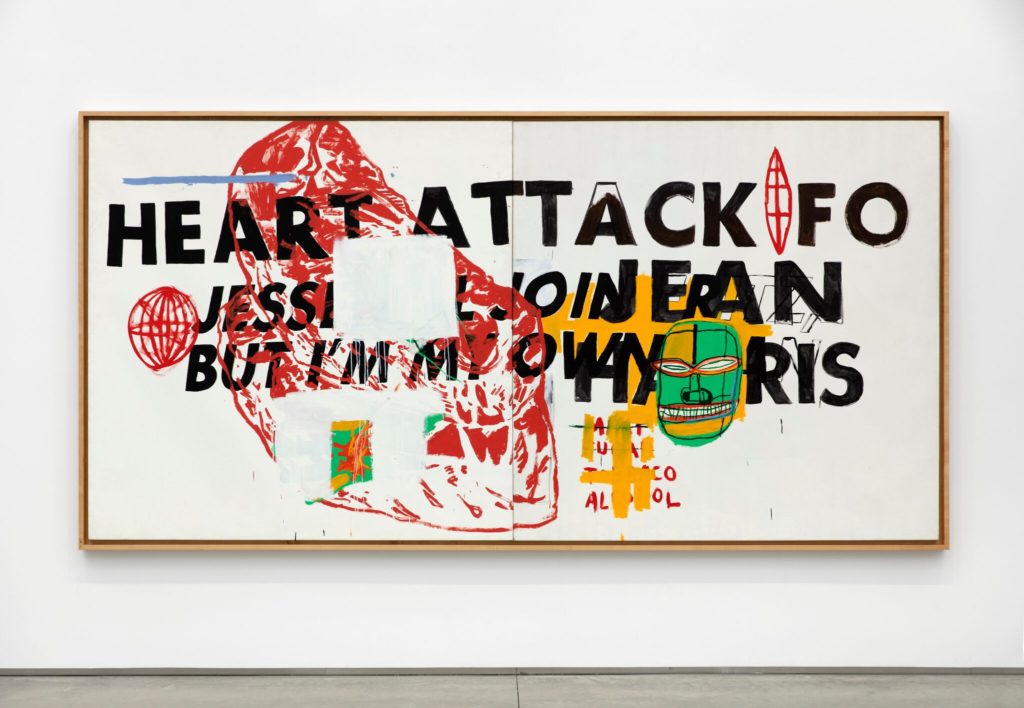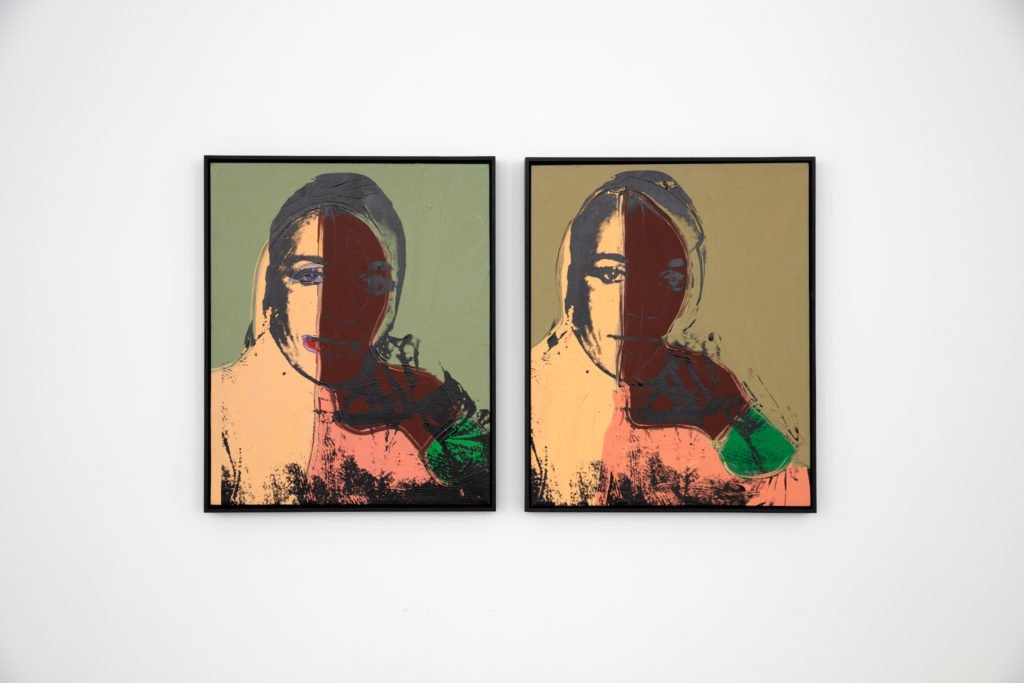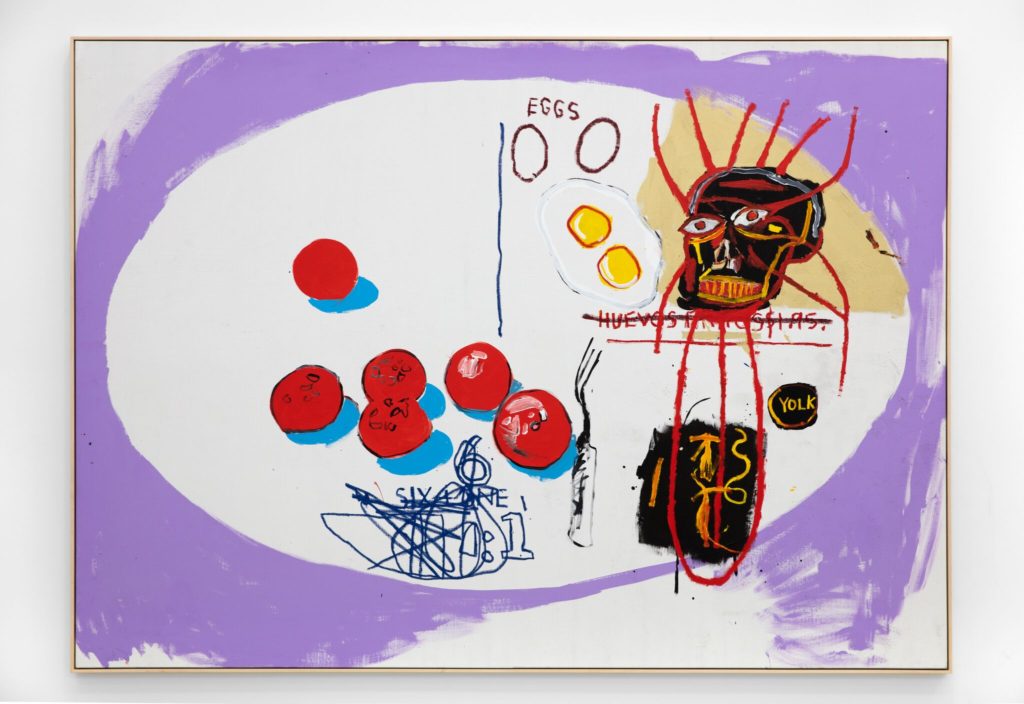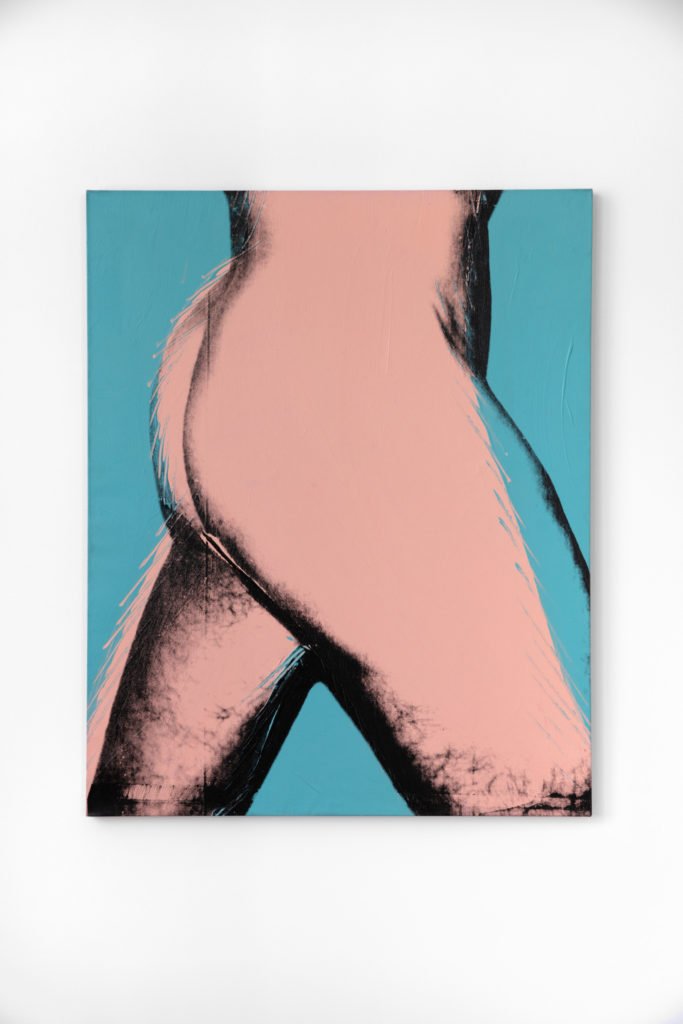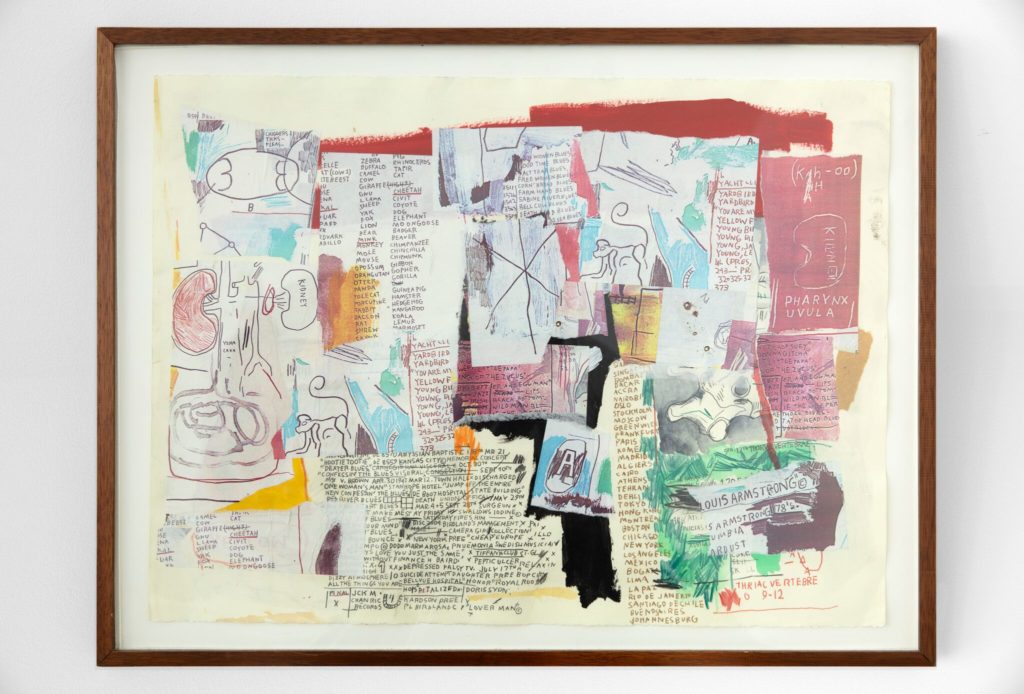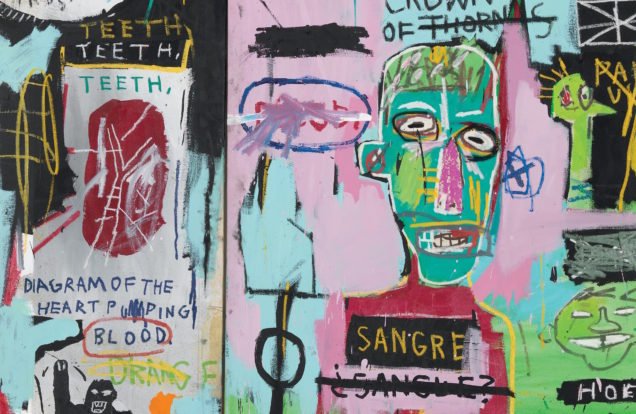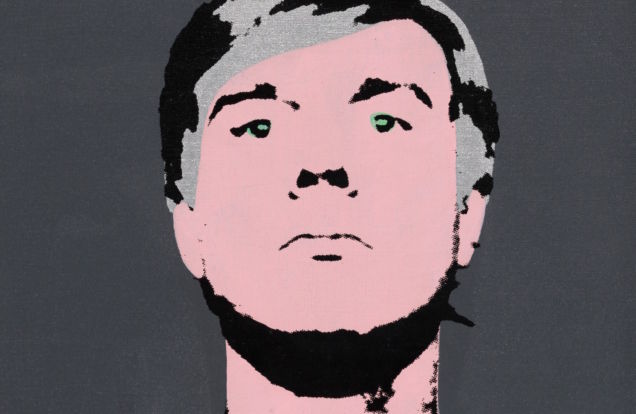Double Feature
Basquiat x Warhol at The School
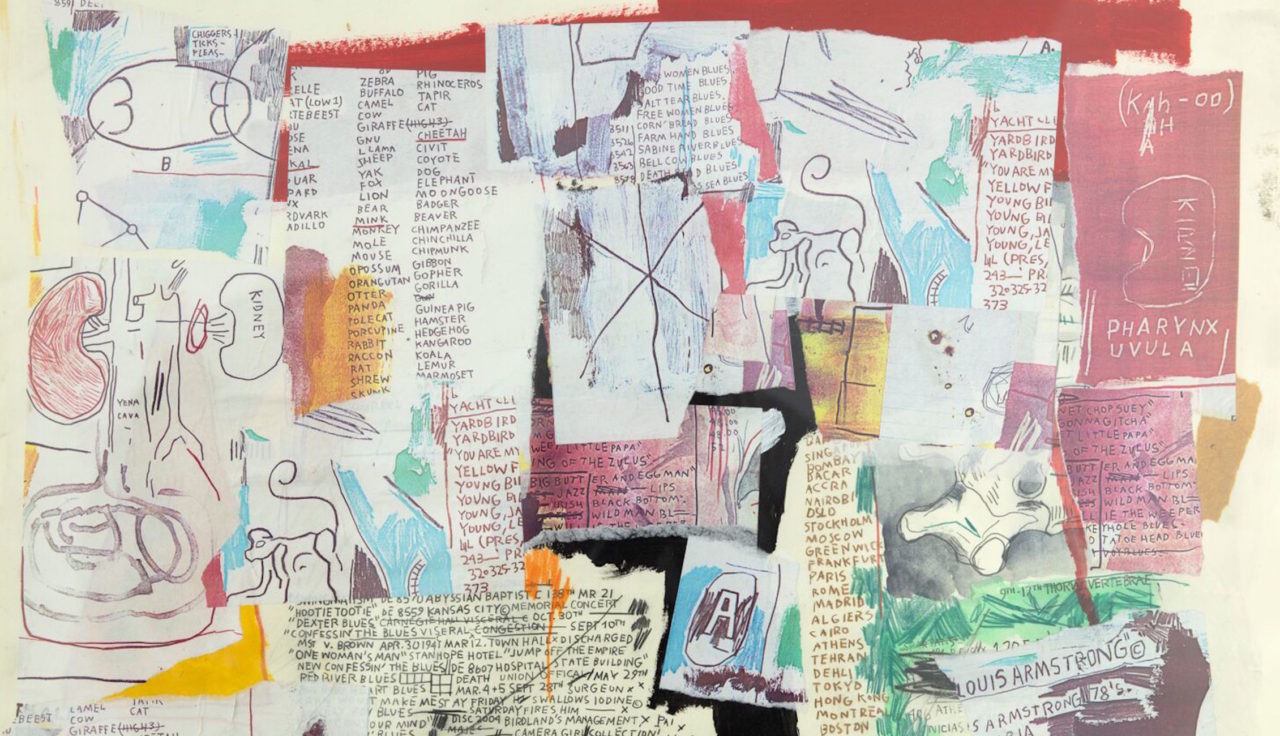
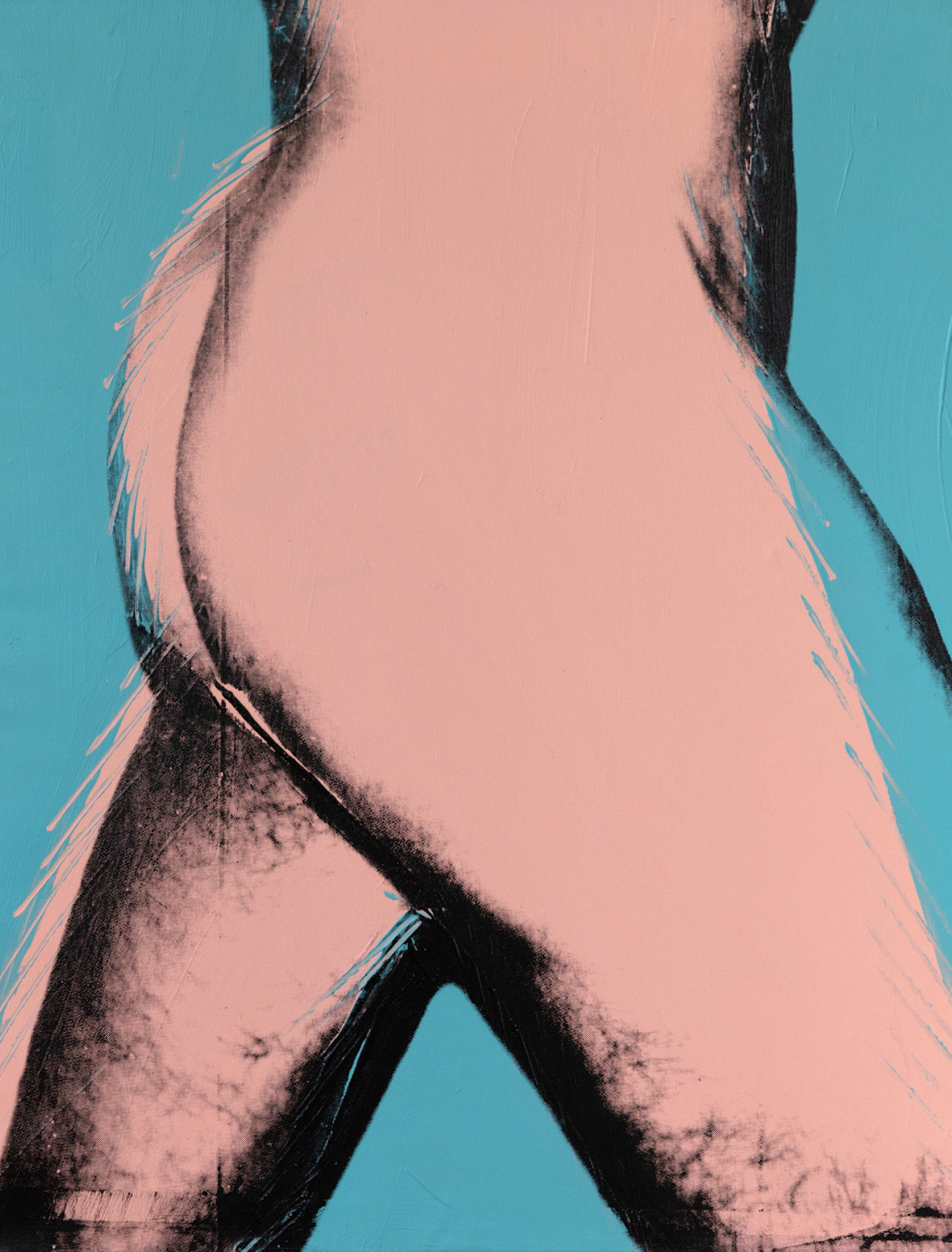
Andy Warhol and Jean-Michel Basquiat are considered some of the most iconic artists to come out of the second half of the twentieth-century, but their art wasn’t always celebrated. In the 1980s, Warhol was a has-been to critics and Basquiat was still a young, emerging art star, not a mature artist. The two of them famously collaborated on a body of work, and when it was shown, it was largely ridiculed. However, Jack Shainman Gallery’s large project space The School in Kinderhook, New York has staged an exhibition simply called Basquiat x Warhol that asks us to reexamine this work and period for these two legendary artists.
It seems right that Basquiat and Warhol would meet in a venue called The School because the relationship of these two artists mirrored that of a teacher and student. Warhol was a legend to Basquiat, and Warhol saw plenty of raw talent in Basquiat. However, there were perks to the mutual admiration. Basquiat was after success and Warhol saw Basquiat as a way to win his way back into fashionability. After being introduced, they quickly became friends and the idea to collaborate came up. The results of their collaboration of the mid-eighties have a winning combination of Basquiat’s Neo-Expressionist energy with the sleek coldness of Warhol’s Pop. And while this series is on strong display here, there is also plenty of work by both artists from this time that was independently made. These works play a crucial role in providing context into these artists, but also their collaboration.
Throughout this exhibition, there are overlapping themes in the work of these two artists who approached their practice in vastly different ways. Personal identity is one such theme, with both Basquiat and Warhol as artistic pioneers of race (Basquiat) and queerness (Warhol.) Basquiat often explored race in relation to American culture, and his short career did much to help elevate the stories and histories of black individuals and especially black artists. Warhol, on the other hand, was depicting homosexuality before Stonewall, and his paintings, polaroids, and films are often suffused with queerness. While race and sexuality are clearly not equatable, nor should it be, it is interesting that these two both depicted experiences outside of what was expected or approved of in the art world or society as a whole.
The subject of death also seems to be everywhere in this exhibition as well. A Warhol canvas entitled Crosses shows off his long-held preoccupation with death and religion, and most anything by Basquiat never seems to stray far from the subject of mortality. That both artists would also be dead in a matter of a few years after meeting gives an ominous, fateful hue to most of the work in this show. While they failed to please the public over three decades ago, this brief time when Basquiat and Warhol wasn’t a failure. In fact, the work ages quite well.
